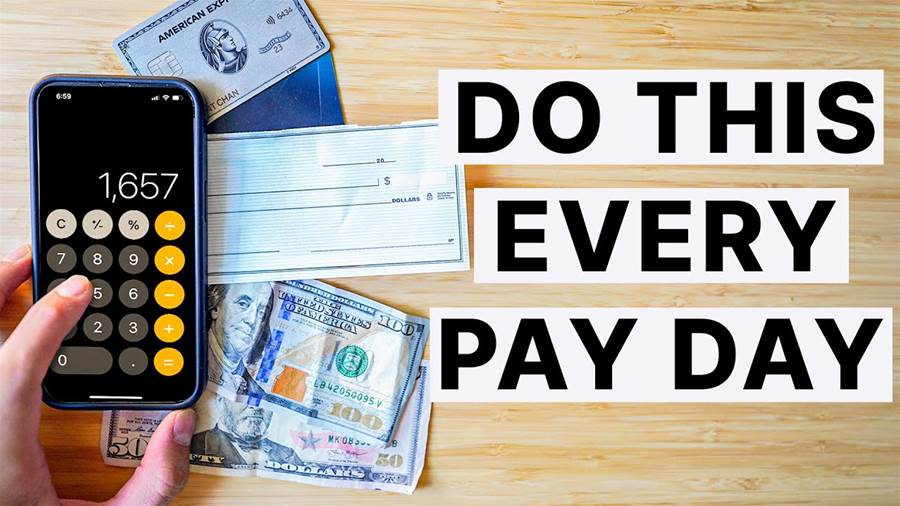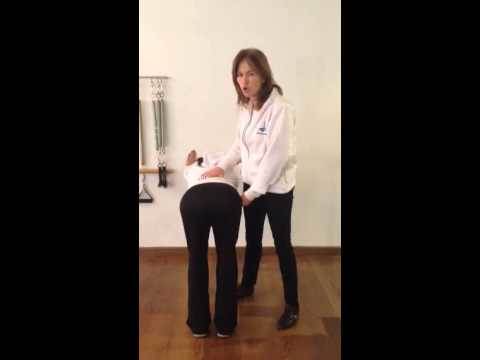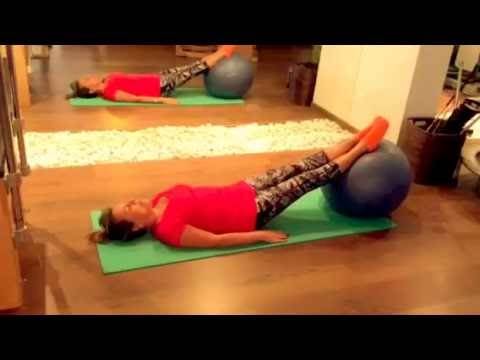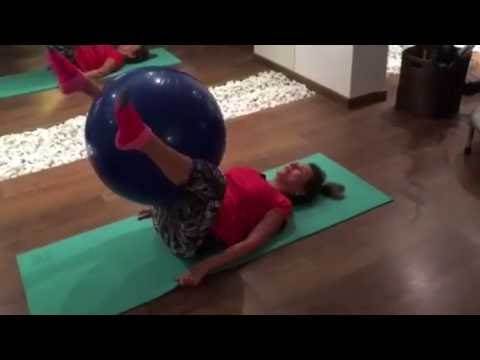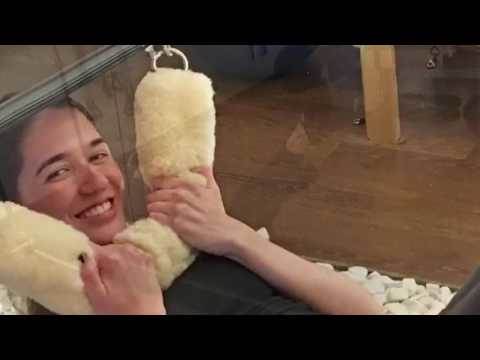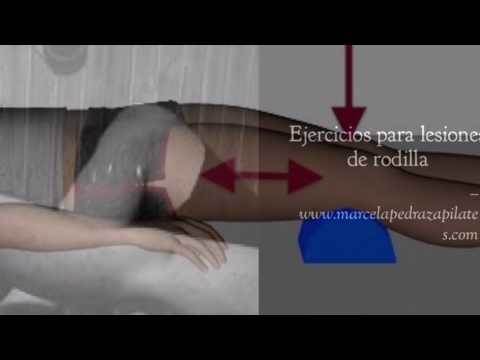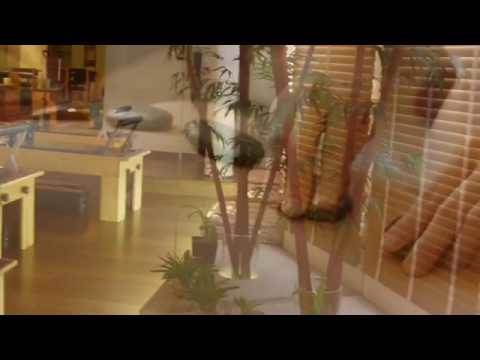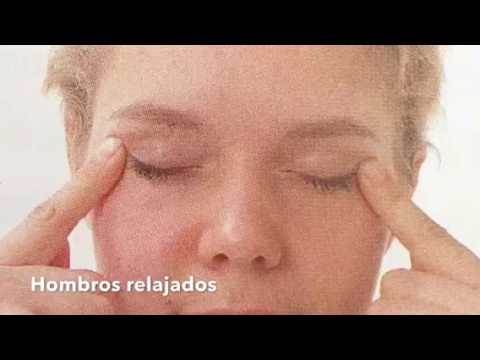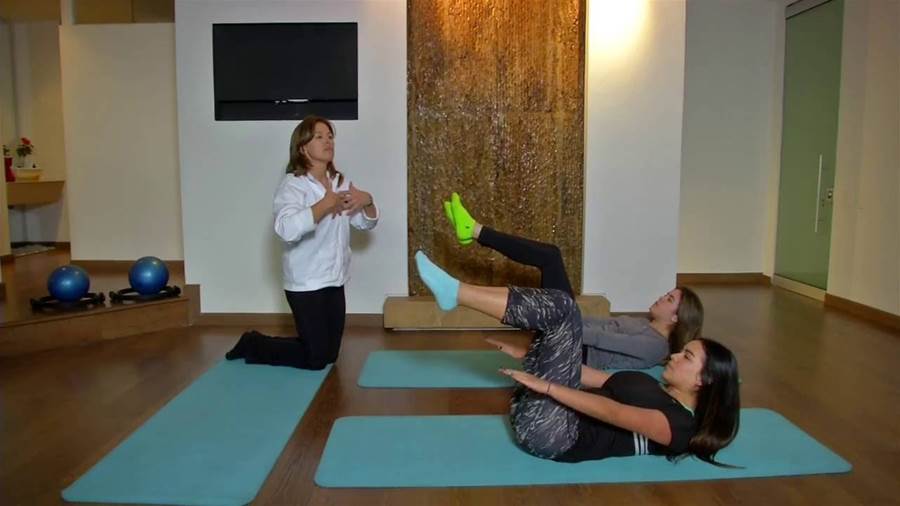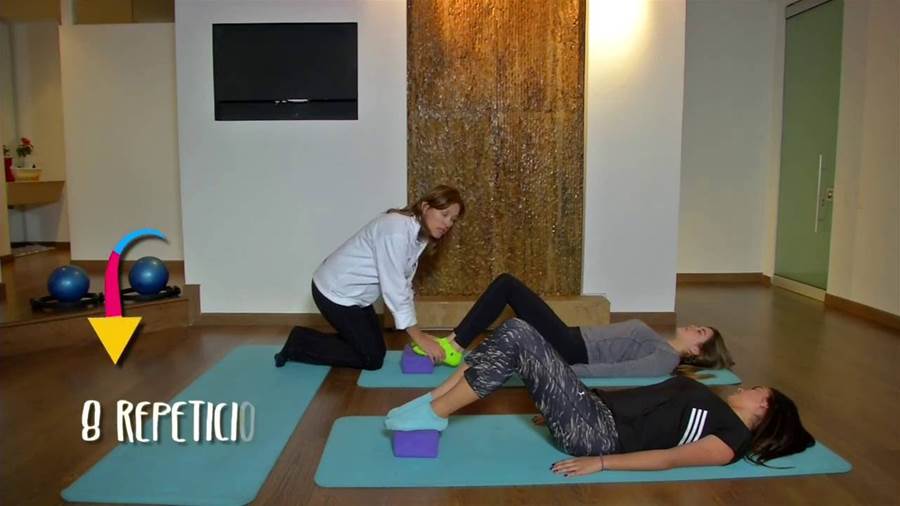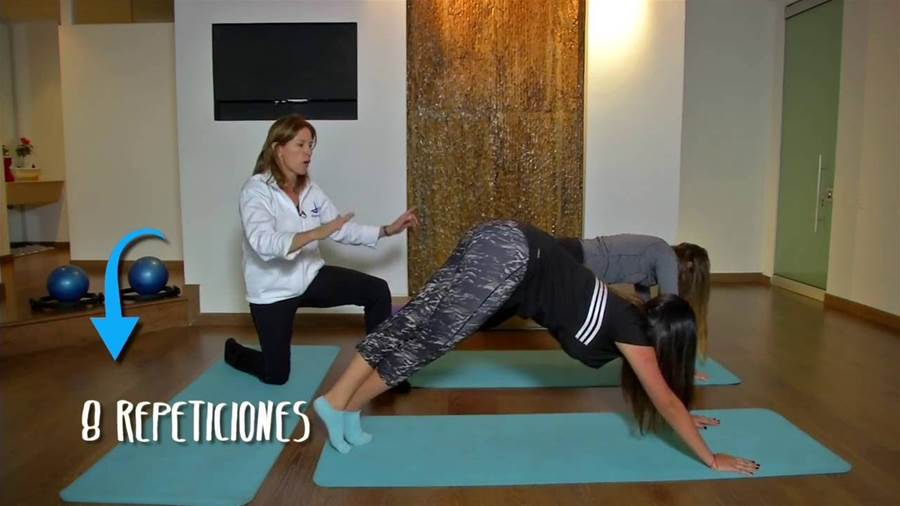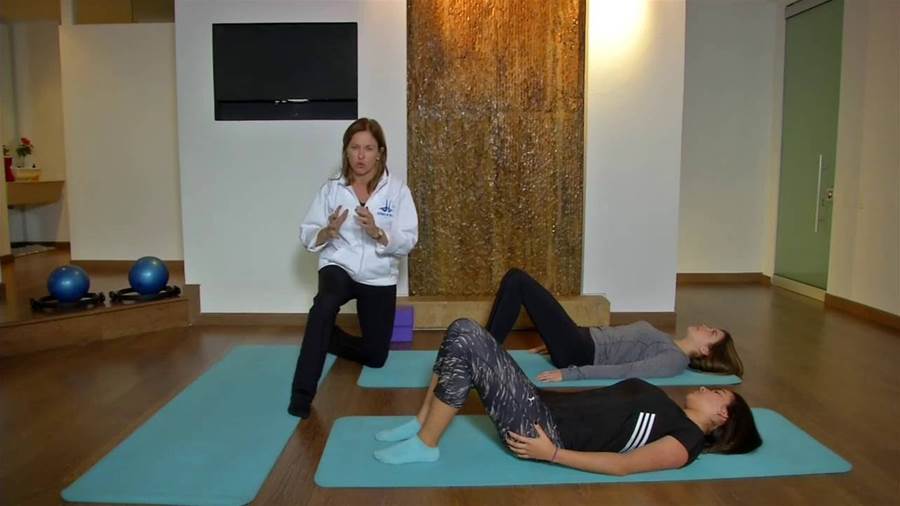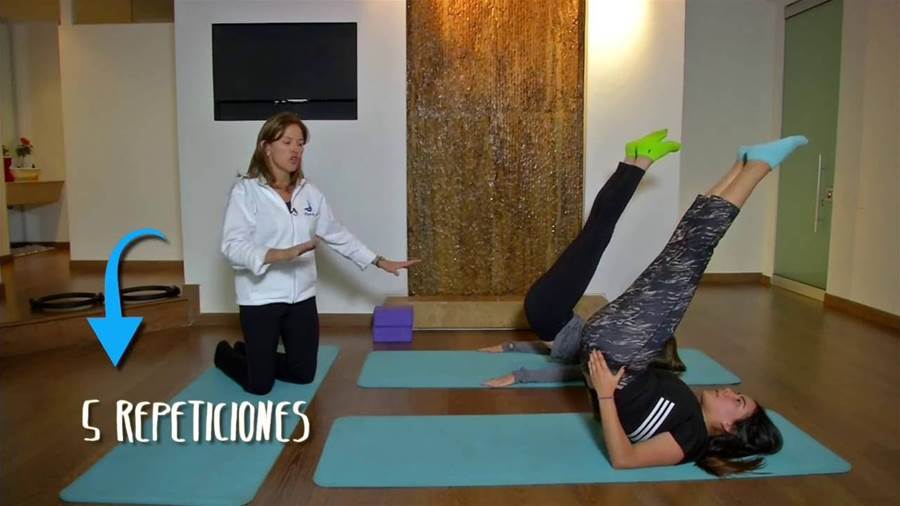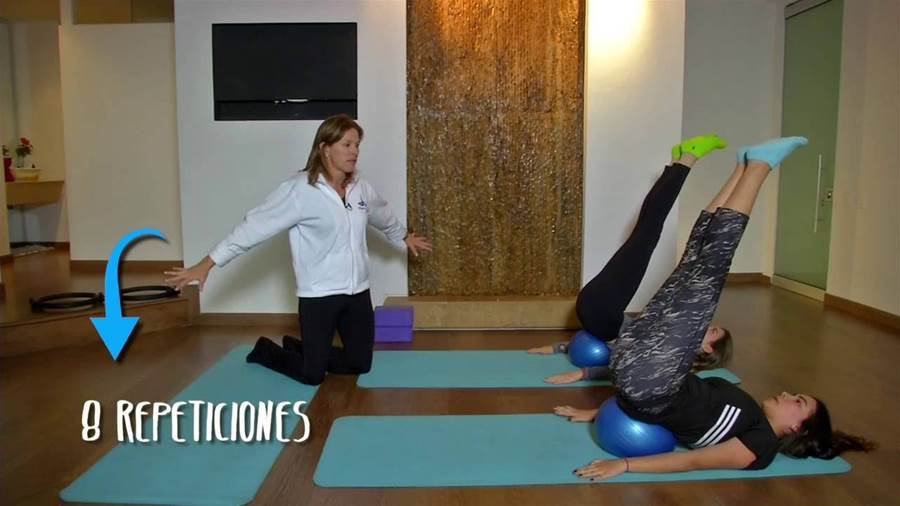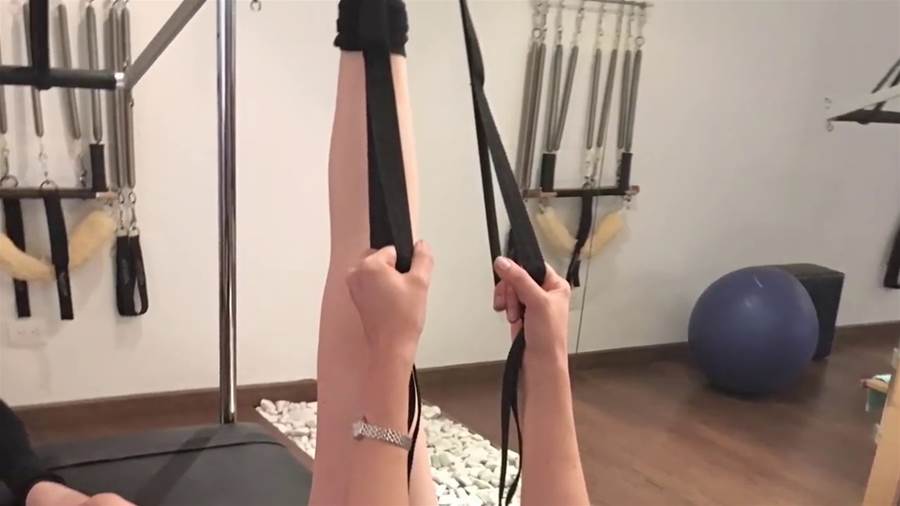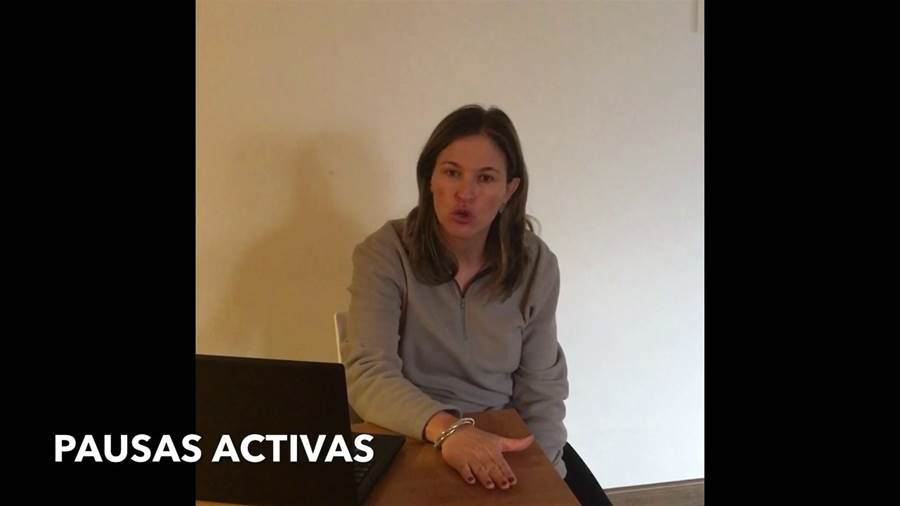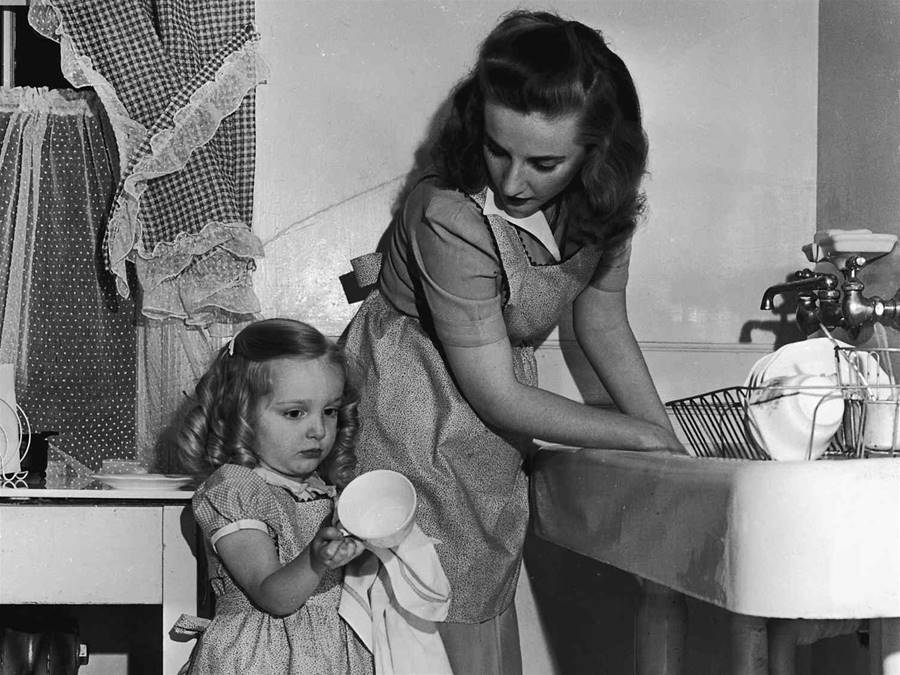
I’d just moved in with my boyfriend, and was cleaning up the kitchen after dinner when he looked at me with a quizzical, grossed-out expression and said, “You use the same sponge to wash the dishes wipe the countertops? Doesn’t that just spread germs?” Of course it does, I realized. It suddenly seemed so obvious. So why did I do it? “Huh! I’ve never thought about it,” I replied. “I guess it’s just what my mom did.
”
We all have that we may never have second-guessed. And most of those habits are probably healthy ones, but when our parents were growing up, standards were different. A generation later, we just know better on certain things—plus, we have so many more products and tools at our fingertips.
Getty Images
When it comes to housekeeping, like me, you may still have inherited some lessons from your parents that aren’t actually the best practices.
Read on for the bad habits you may have learned from dear old mom and dad that are actually wrong, and how to break them to create a healthier home.
The article is not finished. Click on the next page to continue.

